Full Guide To Honey Calcite vs. Citrine (This is the Difference)

In order to work with our crystals effectively, we need to understand their properties. It can be difficult to determine which one to work with with crystals that look similar or have similar uses, such as honey calcite and citrine. The answer should always be the one you are most drawn to. However, if you are looking to find the difference in physical appearance as well as metaphysical properties, you’ll find your answer here. In short:
Honey calcite has a more intense color than natural citrine. Compared to heat-treated citrine, it does not have an intense white base. Calcite is also much softer than citrine. Honey calcite is often used for optimism, while citrine is for confidence.
Note that honey calcite is not the same as orange calcite. The former is much more golden, while the latter has a much brighter orange color. If you’d like to read about the difference between orange calcite and citrine, read this post!
Continue reading if you want to know more about the (physical) qualities of these stones and how you can use them in your spiritual practice.
Want more help or information? If you have any more questions after reading this blog post or want a personal answer for your specific situation, join the free Facebook group! We promise you’ll get an answer from either our team members or a community member.
Honey Calcite vs. Citrine – How To Tell The Difference?
In order to understand the difference between these two stones, we can look at the color, shape, pattern, clarity, and more. Below, we’ll describe all these aspects in detail.
Color
When comparing the colors of these two stones, it is important to remember that citrine can be natural or heat-treated amethyst / smoky quartz. Both are considered citrine, although their color intensity will vary.
Natural citrine has a pale yellow shade, while heat-treated citrine will vary in shades of color depending on the amount of heat it was produced under. Generally, it will have an intense golden color.
On the other hand, honey calcite is pale to a golden brown. The stones’ color intensity varies from deep to lighter browns, but they will always have that honey hue.



So, the difference between natural citrine and honey calcite will be much easier to determine; the former is pale, and the latter has a much more intense color.
There’s hardly any color difference between heat-treated citrine and honey calcite, making it much more difficult to spot. However, as you can see in the picture above, heat-treated citrine often has an intensely white colored base. Natural citrine does not have this, and neither does honey calcite.
Hardness
The difference between calcite and citrine is easily determined if you’re willing to scratch your stone slightly.
Honey calcite is a much softer stone, rating 3 on the Mohs Scale, while citrine is quartz, scoring 7 on the hardness scale.
For those unfamiliar, the Mohs scale of hardness determines a stone’s hardness by measuring how scratch-resistant it is. According to this scale, a stone can scratch any other mineral with a lower score. For reference, talc is a 1, whereas diamond is a 10.
There is no difference in hardness between natural and human-made citrine. The latter is made by heating amethyst (or smoky quartz), which is also quartz.
To check if you have calcite or quartz, use a copper penny, glass, or a steel nail, rating 3.5, 5.5, and 6.5, respectively. Any of these should be able to scratch calcite, but not quartz.
Also Read: Lemon Quartz vs. Citrine: This Is The Difference
Clarity
Calcite, in general, can be transparent to opaque, but honey calcite is often more translucent to opaque. The edges of the stone allow more light through than the center. The shine can be glass-like, although it is not uncommon for raw calcite to have a waxy, slippery feel and shine.
Natural Citrine has a cloudy appearance and can be semitransparent or transparent in clarity. Heat-treated citrine is often more opaque with translucent edges and has an opaque white base. Both have a glass-like shine.


Chemical Composition
Honey calcite is a calcium carbonate mineral that forms as a result of calcium-rich rain or seawater. Over time, the water will evaporate, while the calcium is left behind. This then forms into calcite.
In addition to calcium, calcite often has metal inclusions. These cause the stones to have different colors. For honey calcite, this is due to the inclusion of hematite. Honey calcite is also referred to as golden or amber calcite.
Also Read: Full Guide To Golden Healer Quartz vs. Citrine (This Is The Difference)
Citrine is a member of the quartz group of minerals. Its chemical formula is silicon dioxide.
Natural citrine rarely occurs; hence, most citrine is artificially produced.
Remember that natural and human-made citrine is created by heating amethyst or smoky quartz. The only difference is that natural citrine is heated by the earth’s crust, while human-made citrine requires an oven.
Location
The highest quality honey calcite comes from mineral deposits in Mexico. You can also find the stones in India, Brazil, and the Czech Republic.
Although quartz is one of the most abundant minerals on earth, it is quite rare to find naturally occurring citrine. Some locations where natural citrine has been discovered include Madagascar, Russia, and Kazakhstan. The leading producers of heat-treated citrine are Uruguay and Brazil.
Care
Because of these stones’ different hardness ratings, they require different care.
For calcite, we need to be extra careful when handling them. The stones can be cleaned using a moist microfiber cloth, but dry them afterward. Because of their soft nature, the stones cannot be cleaned by running them underwater or leaving them to soak. This will either dissolve or break them. Acid treatments are also not recommended.
Quartz, and thus citrine, is hard enough to withstand water. So, if you’d like, feel free to expose these stones to water. Remember that any stone regularly rinsed for extended periods or soaked will eventually turn dull over time. A quick rinse, however, should be just fine for citrine.
Apart from physically cleaning the stones, you might want to clear them from negative energies. This is highly recommended if you use them for their metaphysical properties.
The reason for this is that these stones absorb low vibrations. Every month or so, you want to remove these energies from the stone to continue using it. After cleansing, you should recharge the stones to make sure they are full of positive energy to share with you.
Citrine and honey calcite can be cleansed and recharged by moonlight or using cleansing crystals like selenite and clear quartz. We do not recommend leaving them in the sun, as they are likely to fade when exposed to direct sunlight for longer periods. It is also best to keep calcite stones away from salt.
Also read: Can Citrine Go In Salt?
(Meta)physical Healing Properties
Beware that crystals are never a replacement for professional medical help. If you have any issues, see a doctor first and follow their advice.
Honey calcite is associated with willpower, optimism, and happiness. It is a high vibrational stone beaming with the energies of the sun.
On the other hand, citrine encourages self-esteem and vibrant energy flow in the body. It is also useful in improving resilience. In the past, the stone was used as protection from diseases and venom.
Both citrine and honey calcite are used to heal ailments around the sacral and root chakras, such as stomach and indigestion problems. Honey calcite also has a connection to the third eye chakra, which means it can also be used to help treat headaches and other head-related troubles. Citrine is also connected to the solar plexus chakra.
Chakra Association
Honey calcite is a powerful grounding and balancing stone, hence its association with the root, third eye, and sacral chakra. The stone is used in the cleansing and balancing of these chakras. The stone is, therefore, a tool to support us through the challenges in our daily lives, encourage motivation and determination, as well as eliminating blocks that may keep us from our goals.
Honey calcite stones can also be used for the third eye chakra. This chakra is found at the center of the forehead and represents intuition, spiritual connection, and wisdom.
Citrine stones are more specifically associated with the sacral chakra. This chakra is located at the lower part of the abdomen and is associated with creativity and sensuality. An unblocked sacral chakra awakens creativity and imagination.
Citrine is also believed to have an effect on the solar plexus chakra. The chakra is located above the belly button and is associated with personal power. Citrine stones awaken one’s abilities and the will to keep moving forward.
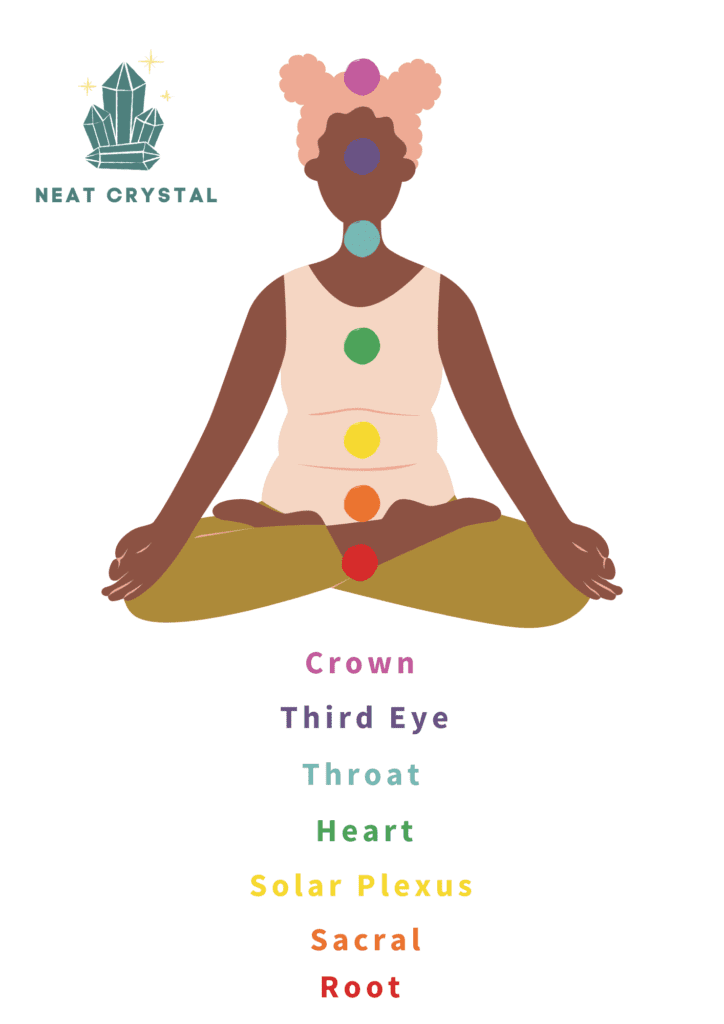
Zodiac Association
Honey calcite is not a birthstone but is associated with the sun, which also rules Leo. Besides this sign, honey calcite is particularly connected to Sagittarius and Pisces. However, all signs can count on the stone for guidance in whatever course they intend to pursue.
Citrine is the traditional and modern birthstone for people born in November, and thus Scorpios and Saggitarius were born in that month and is also connected to Leo through the sun.
The citrine stone helps these signs feel safe and secure in their achievement and the areas that require improvement. Here, too, feel free to work with citrine even if you do not fall under these signs.




Element Association
Both stones are connected to the fire element and can, therefore, be worked with to inspire passion and courage.
The element is ruled by Venus, the planet associated with love and passion. Its energies manifest in anything associated with personal will and power. It’s an enthusiastic and active energy that can also be associated with new life and transformations.
Remember that too much fire energy will likely make you feel frazzled and prone to making rash decisions. If this sounds like you, it is probably best to skip citrine and honey calcite and instead go for a water stone like amethyst.
Also Read: What Element Is Amethyst? (Purple, Pink, Chevron, Ametrine)
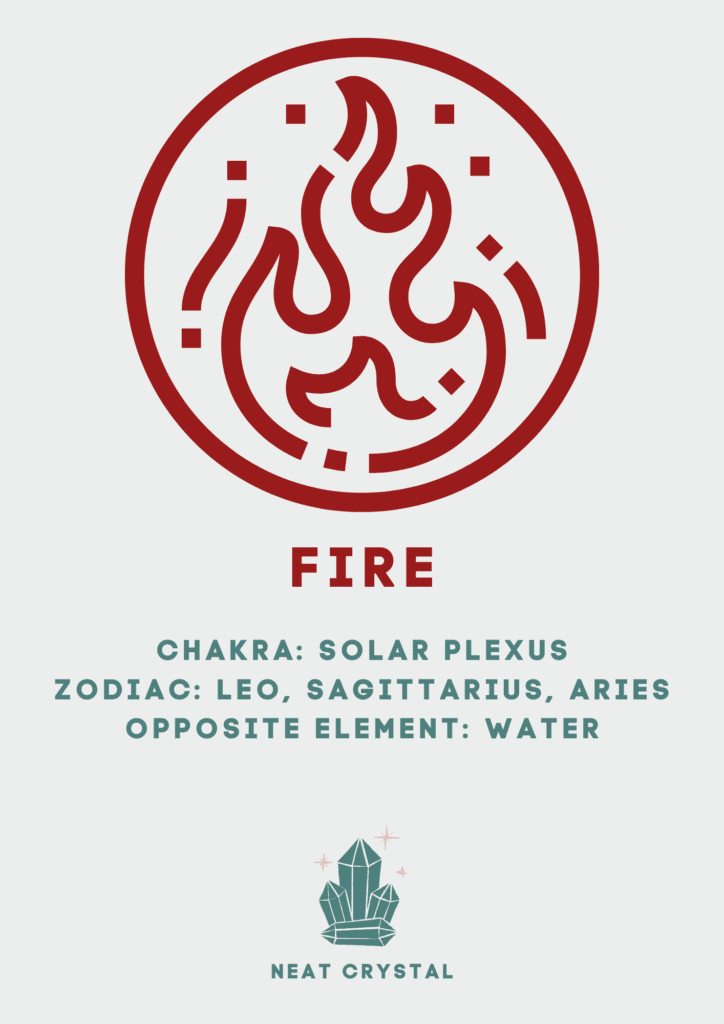
Ruling Planets
Both stones are under the rulership of the Sun. Citrine is, however, co-ruled by Jupiter.
The sun is perceived as the provider of energy and life. It has a central role in our lives, just like its position in the solar system. As a result, the sun represents our ego, conscious mind, and identity. It is the core of our persona and the reasoning behind how we react to what life offers. The sun affects decisions and how we approach life in general.
Jupiter, on the other hand, represents growth, expansion, and excess. The planet’s influence can be seen on zodiac signs like Pisces and Sagittarius.
Numerical Vibration
Honey calcite vibrates at 3. This number represents wisdom, wealth, peace, and knowledge. The number is also used in numerology to signify confidence, creativity, and self-expression. People who resonate with the number love harmony, have higher creativity levels and are good communicators. Stones of this vibration can be used to manifest wisdom and improve communication.
Citrine vibrates at 6. This number is nurturing and protective. It is used to represent care, service, and responsibility. The number seeks peace, harmony, and comfort in all aspects. People associated with the number are nurturing justice seekers and look to make everyone around them safe and secure. Under the influence of these numbers’ energies, you will find joy and pride in finding solutions and fixing things.
Uses
There are many different ways to use these stones. Below, we’ll outline a few options for you.
Jewelry
Honey calcite jewelry is worn as a talisman. The stones’ jewelry brings balance awakens creativity and bright vibrations to its wearer. It can be used to invite positivity, overcome depression, and release past traumas.
Citrine bears the energies of the sun, making it a great emotional and physical body healer. Wearing it can also attract money and good fortune.
To make the most out of working with these stones, placing them on the skin as close to the associated chakra, such as a necklace or bracelet, when working with the lower chakras will make them the most effective.
Home & Work
Honey calcite is known as the stone of confidence. Its spiritual significance in living spaces is cleansing and amplifying existing energies. Honey calcite is great in releasing fatigue, restlessness, and stress. The stone is positioned in the south and western areas of the house for cleansing.
In Feng Shui, citrine is placed in the health and wealth area (the center of a house of business). The stone is used to manifest wealth and abundance. A piece of this stone in your home can also restore trust, confidence, and self-worth.
Meditation
Honey calcite is used to activate the crown and third eye chakras during meditation. This unlocks the psychic connection and abilities. On the other hand, citrine can also be used to help with meditation. The stone unlocks psychic abilities and spiritual connections.
If you’re wanting to use these crystals to meditate, following a guided meditation might be beneficial, especially if this is your first time. Below, you’ll find a guided meditation that might be helpful, aimed at the sacral chakra. This chakra is helped by working with citrine and honey calcite and represents creativity, passion, and sexuality.
Best Combinations
It can be incredibly beneficial to pair and combine crystals with similar properties to get the most out of our work with crystals. This way, they can strengthen and enhance each other. Below, you’ll find some interesting options. Keep in mind that the best crystal combinations are those that align with your intended purpose.
Honey calcite and jade make a powerful healing remedy. The pair will speed up recovery and promote physical strength. They can also be used together to detoxify organs like the bladder and kidneys.
Honey calcite, used together with chrysocolla, relieves anxiety and fear. The combination promotes harmony and cleans negative energies from the surroundings, which eases your emotional state.
Citrine can be combined with aventurine to boost energy and increase vitality. This combination will also unblock energies on the solar plexus chakra. You can also use it together with smoky quartz to cleanse the negative energies and improve psychic abilities.



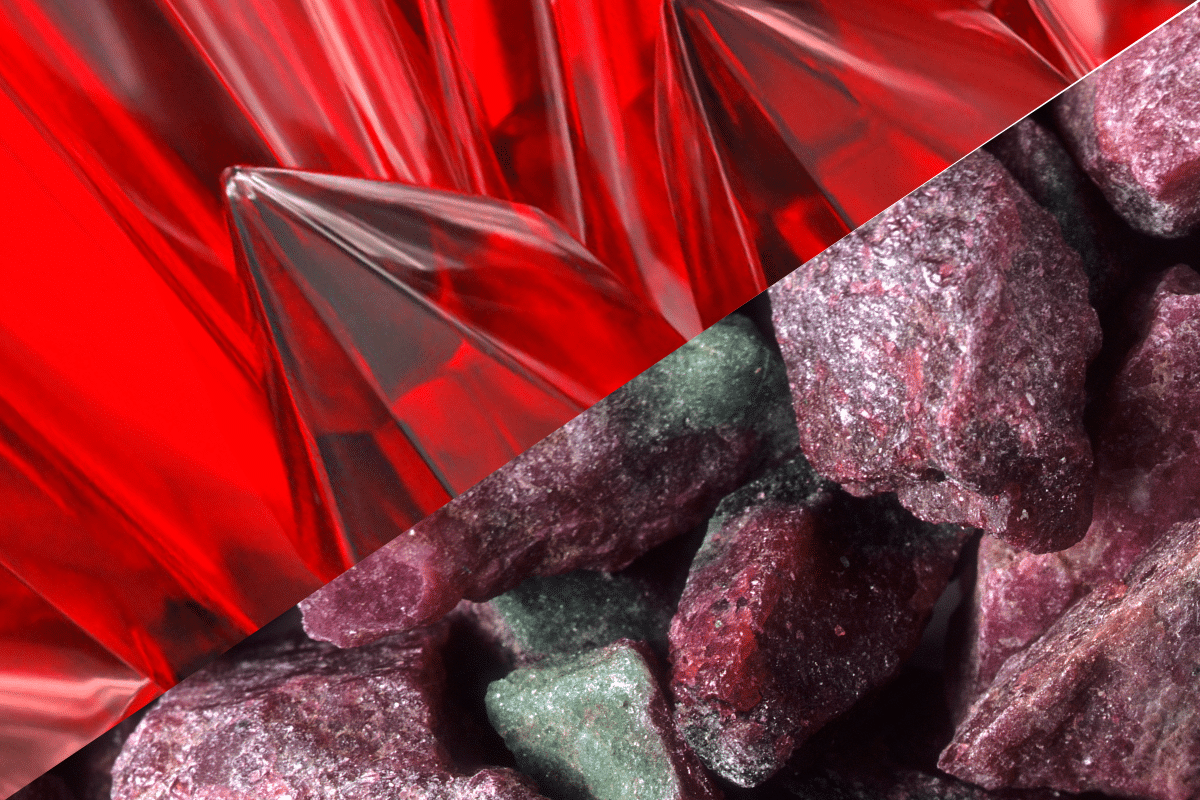
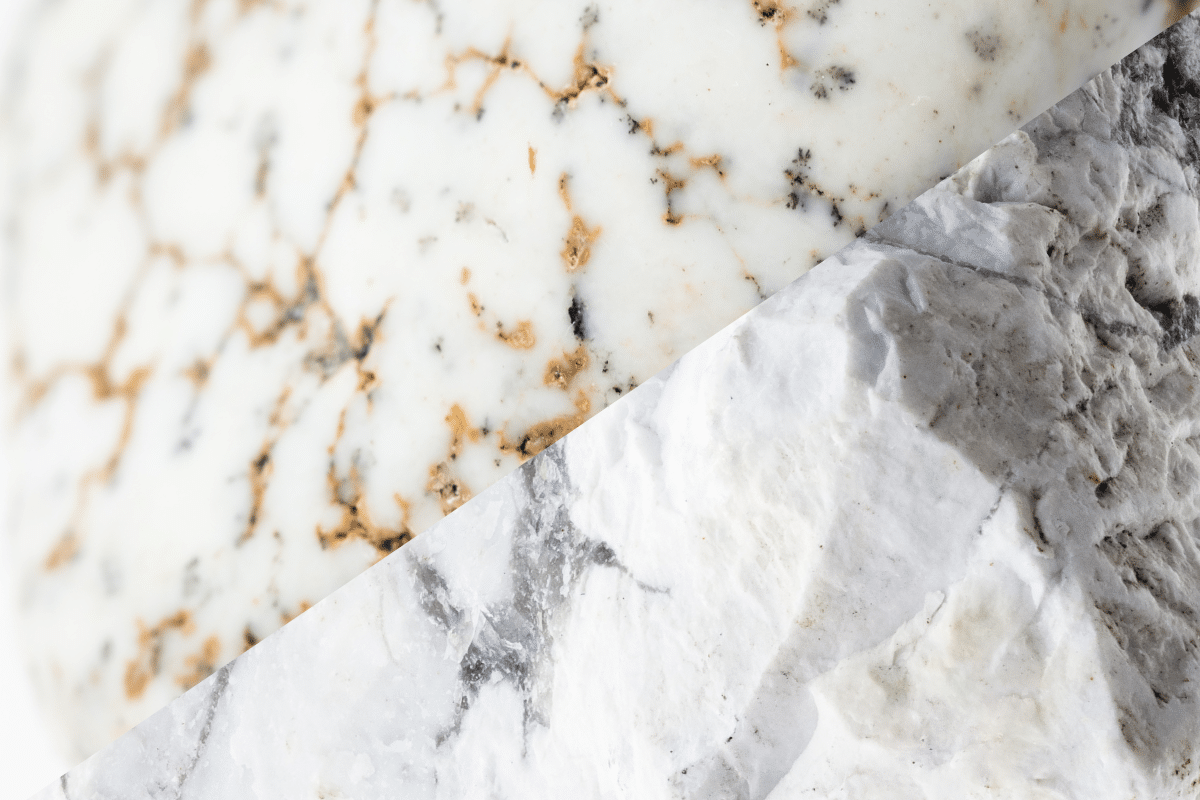
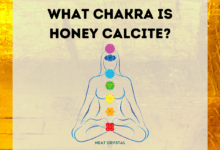

6 Comments